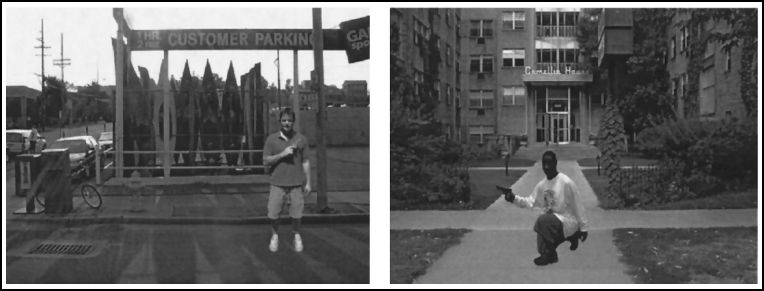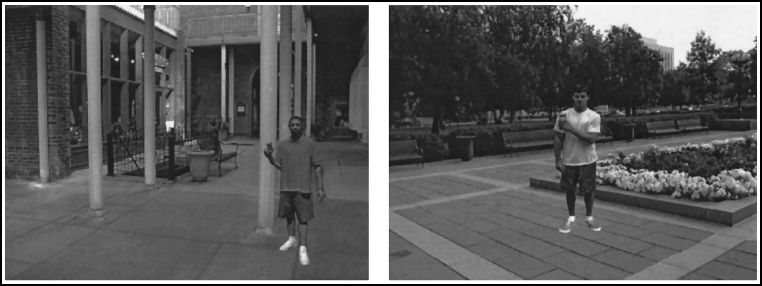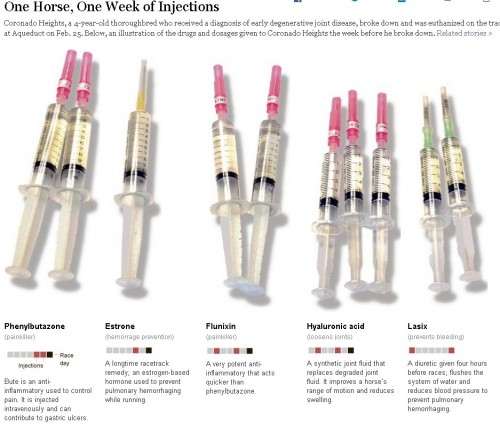The Civil Rights movement contains some of the most hideous and the most beautiful examples of human evil and human possibility. After emancipation in 1862, and until the mid-1960s, they lived under a series of laws that mandated segregation from whites. The Civil Rights movement attacked these laws and their premise.
One of the slogans that would strike down legalized segregation was “I Am A Man.” It challenged the centuries of dehumanization that had justified both slavery and Jim Crow. The beautiful, simple slogan, and its delivery, is pictured here:
Borrowed from NPR, this photo features a group of sanitation workers marching in Memphis in 1968. Photograph by Ernest Withers.
This post originally appeared in 2010. Re-posted in solidarity with the African American community; regardless of the truth of the Martin/Zimmerman confrontation, it’s hard not to interpret the finding of not-guilty as anything but a continuance of the criminal justice system’s failure to ensure justice for young Black men.
Lisa Wade, PhD is an Associate Professor at Tulane University. She is the author of American Hookup, a book about college sexual culture; a textbook about gender; and a forthcoming introductory text: Terrible Magnificent Sociology. You can follow her on Twitter and Instagram.

















